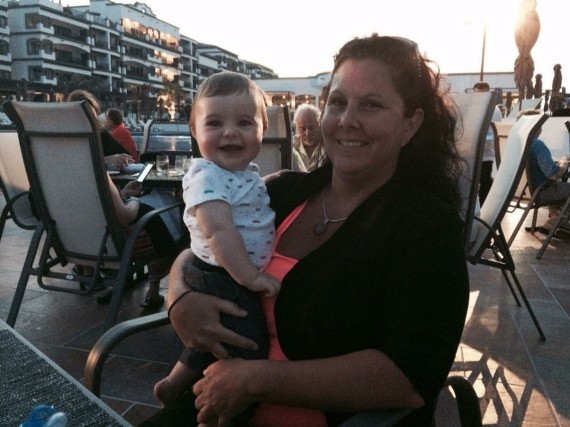There are certain topics many parents avoid discussing with children—some cringe at the thought of talking about the birds and the bees while others drag their heels when it comes to talking about money.
But money doesn’t have to be a difficult topic to bring up with your kids—especially when you consider how many people feel that it should be a priority. According to a TD survey, 89 per cent of Canadian parents think it’s important to start talking to children about finances before they reach their late teens, and almost four in 10 think the conversation should begin before their children are 10 years old.
Starting financial education early is the foundation needed to develop healthy financial habits in the future. The key is to keep the conversation age appropriate. To help make it easier to discuss dollars and cents with your children, here are some age-specific tips on how a monetary gift can be used to help children learn good financial habits.
Under 6 years old: Keep it really simple. Give a child some shiny coins they can put in a jar or piggy bank to watch their savings grow. Make the experience of adding to the jar a big deal and as the number of coins grows, swap them occasionally for the equivalent amount in crisp bills. This helps the child understand the value of different denominations of coins and notes and develop a sense of pride in their savings habit.
6 to 10 years old: Start introducing more complex ideas, such as how long it will take to buy something a child really wants if they save a certain amount of money every week. The financial gift can be used to help them get closer to that goal. This is also a good age to help children open their first bank account so they can learn to make deposits, withdrawals and watch their funds grow. The importance of money and saving can also be reinforced through things like a small allowance, perhaps earned through set chores.
11 to 15 years old: The gift of a contribution to a child’s Registered Education Savings Plan creates an opportunity to talk about how investments like a Registered Education Savings Plan work, the importance of investing early to take advantage of interest and why saving for post-secondary education is also an investment in a child’s future. Your children might also be earning a little money through odd jobs or babysitting so it is a perfect time to talk about goals, budgeting and saving for something they’d really like, including university or college.
Regardless of your child’s age, it is never too early to start teaching them about money and to create a safe and open environment to discuss financial well being. Remember, what child(ren) see you do is probably the most important influence of all—setting a good example for your little ones can help them grow up to be a financially savvy too.
Congratulations Jolan Holmes of Anmore, BC, You’ve Won $250

Thanks to everyone that entered.
*Opinions expressed are those of the author, and not necessarily those of Parent Life Network or their partners.




 Sponsored
Sponsored



